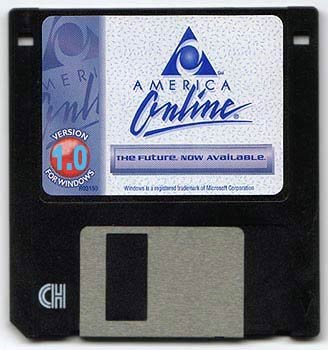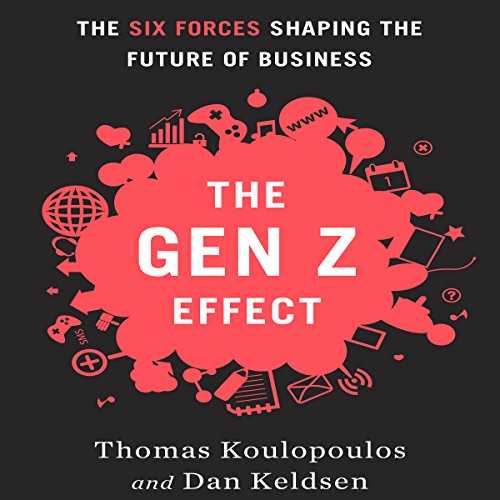The year was 1990. Microsoft had just launched the first truly successful version of Windows, ushering in a new age of home computing. Around the same time, the TCP/IP protocol—essential for internet communication—was gaining adoption, opening up the web to personal computer users for the first time. This moment marked the dawn of the consumer internet.
Prodigy, a joint venture backed by the tech powerhouse IBM and retail giant Sears, was flush with nearly $1 billion in resources. Prodigy launched a full-scale marketing campaign to capture the emerging internet market. At the time, they were considered an unstoppable force, with their strategy laser-focused on tech-savvy early adopters who already knew their way around a modem and command-line prompts.
But while the industry giants were jockeying for control over the existing tech-savvy customer base, a quieter revolution was underway. Steve Case, then leading America Online (AOL), had just $1 million in venture funding—a rounding error for his competitors. He knew that trying to compete with Prodigy and CompuServe—the other big players in the market back then—on their terms was a losing proposition. Instead, he asked a different question: “Who isn’t being served?”
The answer? Every day, people who didn’t consider themselves computer experts.
Rather than catering to engineers and early internet adopters, Case chose to go after the masses—people who were new to computers and intimidated by technical jargon. He repositioned AOL as the easiest and friendliest way to get online. The AOL interface was simplified, full of point-and-click icons and plain-language instructions. But Case didn’t stop at making the product more accessible—he had to get it into people’s hands.
With limited funds, AOL couldn’t afford flashy TV ads or sponsorship deals. So they got creative. They began mailing floppy disks (and later CDs) with the AOL software directly to consumers’ homes. You might remember these iconic disks arriving in your mailbox, attached to magazines, or even stuffed into cereal boxes. Eventually, AOL struck distribution deals with airlines, placing disks on passenger seats and in travel kits. This put AOL software in front of people in moments when they were likely to be bored—and more willing to try something new.
By 1995, AOL had outpaced Prodigy and CompuServe to become the leading internet service provider in America. Their mass-mailing strategy was both brilliant and relentless. At one point, half of all CDs manufactured worldwide carried the AOL brand.
So, what can entrepreneurs learn from this?
The key takeaway is that you don’t need to be first, best funded, or most technologically advanced. What you need to do is find a better path to the customer. AOL’s success wasn’t about superior technology—it was about identifying an underserved segment and reshaping the product and distribution strategy around their needs.
This concept aligns closely with the “Blue Ocean Strategy“—a business approach that encourages companies to create new demand in an uncontested market space, rather than competing head-to-head in saturated arenas. Instead of trading blows in the “red ocean” of tech enthusiasts, AOL created a “blue ocean” by targeting the uninitiated majority who had yet to go online.
This approach also highlights the importance of thoroughly understanding your customer segments. AOL didn’t just see demographics—they saw psychographics. They knew their ideal customers were curious but overwhelmed. Their strategy addressed both mindset and skill level.
Too often, entrepreneurs fall into the trap of mimicking their competitors. They see a giant and assume that matching their moves is the way to win. But the story of AOL proves that zigging when others zag can yield enormous rewards. Rather than fighting for market share in an overcrowded arena, you can grow your own space by being laser-focused on a different customer journey.
Are you stuck trading blows with your competitors? Or are you looking for a better path to your customer?












